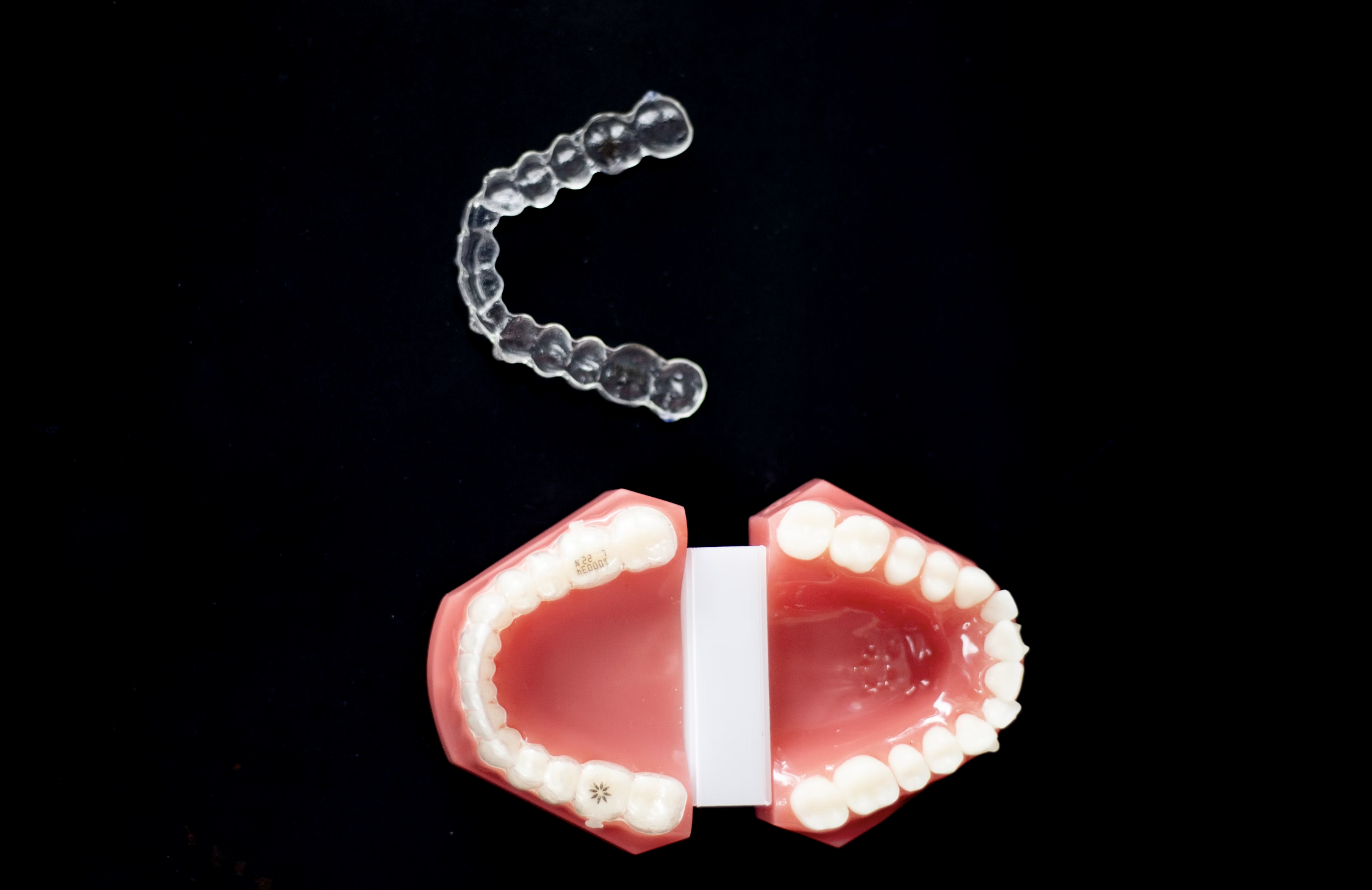An asymmetrical smile can result from various factors, including uneven teeth, gum issues, jaw misalignment, or muscular imbalances. While some asymmetries are subtle and benign, others can affect self-esteem and oral function. Fortunately, numerous treatments can address this issue, ranging from cosmetic procedures to orthodontic and surgical interventions. This essay explores these treatment options, detailing their processes, benefits, and potential drawbacks.
Cosmetic Dentistry
Dental Veneers
Dental veneers are thin shells made of porcelain or composite resin, custom-designed to cover the front surfaces of teeth. They are particularly effective for correcting teeth that are uneven in size, shape, or alignment.
Process:
- Consultation: A dentist evaluates the patient’s smile and discusses desired outcomes.
- Preparation: A small amount of enamel is removed from the front of the teeth to accommodate the veneers.
- Impressions: Impressions of the teeth are taken to create custom veneers.
- Application: Veneers are bonded to the teeth using a special adhesive.
Benefits:
- Immediate Improvement: Veneers can quickly enhance the symmetry of a smile.
- Natural Appearance: High-quality veneers mimic the natural appearance of teeth.
- Durability: Porcelain veneers are durable and resistant to staining.
Drawbacks:
- Irreversibility: The enamel removal process is irreversible.
- Cost: Veneers can be expensive, especially for multiple teeth.
Dental Bonding
Dental bonding involves applying a tooth-colored resin to the teeth and then sculpting and polishing it to achieve the desired shape and size.
Process:
- Consultation: The dentist assesses the smile and plans the bonding procedure.
- Preparation: The teeth are lightly etched to help the bonding material adhere.
- Application: The resin is applied, shaped, and hardened using a special light.
Benefits:
- Quick Procedure: Bonding can usually be completed in one visit.
- Cost-Effective: It is generally less expensive than veneers.
- Non-Invasive: Minimal tooth enamel is removed.
Drawbacks:
- Durability: Bonding material is not as strong or stain-resistant as veneers and may require touch-ups.
Orthodontic Treatments
Invisalign and Clear Aligners
Invisalign and other clear aligners are popular for correcting minor to moderate dental misalignments that contribute to an asymmetrical smile.
Process:
- Consultation: An orthodontist evaluates the smile and creates a treatment plan.
- Custom Aligners: A series of custom-made aligners are produced using 3D imaging technology.
- Treatment: Aligners are worn for 20-22 hours a day, with each set being replaced approximately every two weeks.
Benefits:
- Discreet: Aligners are virtually invisible.
- Removable: They can be taken out for eating and oral hygiene.
- Comfortable: Smooth plastic aligners are more comfortable than metal braces.
Drawbacks:
- Discipline: Requires consistent wear to be effective.
- Cost: Can be more expensive than traditional braces.
- Limitations: Not suitable for severe misalignments.
Traditional Braces
Traditional metal braces are a time-tested method for correcting significant dental and jaw misalignments.
Process:
- Consultation: An orthodontist assesses the smile and develops a treatment plan.
- Application: Brackets are bonded to the teeth and connected with archwires.
- Adjustments: Regular adjustments are made to guide teeth into the correct positions.
Benefits:
- Effectiveness: Suitable for complex and severe misalignments.
- Precision: Offers precise control over tooth movement.
Drawbacks:
- Visibility: Metal braces are noticeable.
- Discomfort: Can cause discomfort and irritation.
- Hygiene Challenges: Braces can make oral hygiene more difficult.
Surgical Options
Orthognathic Surgery
Orthognathic surgery, or jaw surgery, is often necessary for correcting severe jaw misalignments that contribute to an asymmetrical smile.
Process:
- Consultation: A surgeon and orthodontist evaluate the patient’s condition.
- Pre-Surgical Orthodontics: Braces are typically used before surgery to align the teeth.
- Surgery: The jawbones are repositioned to achieve better alignment.
- Post-Surgical Orthodontics: Braces are usually worn after surgery to fine-tune the alignment.
Benefits:
- Comprehensive Correction: Can address severe skeletal issues.
- Functional Improvement: Enhances both appearance and function.
Drawbacks:
- Invasiveness: It is a major surgical procedure with associated risks.
- Recovery: Requires a significant recovery period.
- Cost: Can be expensive and may not be fully covered by insurance.
Muscle Relaxation and Physical Therapy
In some cases, an asymmetrical smile can be due to muscle imbalances or tension. Treatments such as Botox injections or physical therapy can help.
Botox Injections
Botox can be used to relax overactive muscles that contribute to an uneven smile.
Process:
- Consultation: A specialist assesses the muscle activity and plans the injection sites.
- Injection: Botox is injected into the targeted muscles.
- Follow-Up: Regular follow-up injections are typically needed.
Benefits:
- Non-Invasive: Minimal discomfort and quick recovery.
- Quick Results: Changes can often be seen within a few days.
Drawbacks:
- Temporary: Effects are temporary and require regular maintenance.
- Cost: Can become expensive over time.
Physical Therapy
Physical therapy can help improve muscle function and symmetry through exercises and techniques designed to address imbalances.
Process:
- Assessment: A physical therapist evaluates the muscle function.
- Treatment Plan: Customized exercises and techniques are developed.
- Therapy Sessions: Regular sessions to work on muscle coordination and strength.
Benefits:
- Non-Invasive: No surgery or injections required.
- Functional Improvement: Can improve muscle function and symmetry.
Drawbacks:
- Time-Consuming: Requires commitment to regular therapy sessions.
- Variable Results: Effectiveness can vary depending on the underlying cause.
Conclusion
An asymmetrical smile can be addressed through a variety of treatments, each suited to different causes and degrees of severity. Cosmetic dentistry offers immediate aesthetic improvements through veneers and bonding. Orthodontic treatments like Invisalign and traditional braces can correct underlying dental misalignments. For severe jaw issues, orthognathic surgery provides a comprehensive solution. Additionally, muscle relaxation techniques and physical therapy can be effective for cases related to muscle imbalances. Consulting with dental and medical professionals is crucial to determine the most appropriate treatment plan tailored to individual needs and goals. With modern advancements in dental and orthodontic care, achieving a symmetrical and confident smile is more attainable than ever.






 WhatsApp - Click to Chat
WhatsApp - Click to Chat